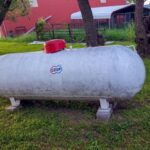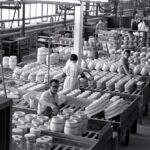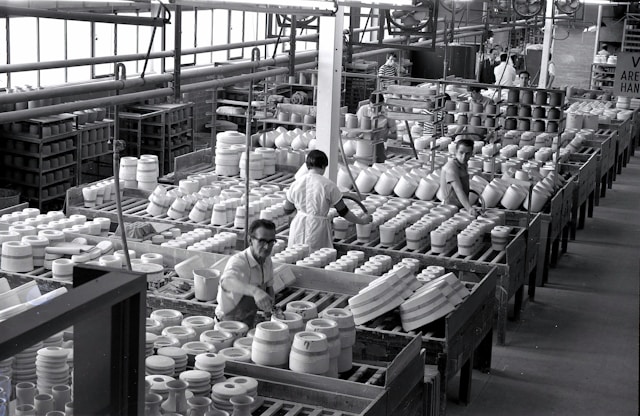Precision injection molding allows manufacturers to produce plastic parts that closely fit the original design. This manufacturing technique can create vital parts to replace metal components in critical applications.
The precision injection molding process requires a lot of engineering skill and sophisticated machinery. This includes proper machine calibration and precise process control.
Injection Molding
Injection mold manufacturing is a fast and efficient way to produce highly complex plastic or elastomeric parts. It can also be used to create multicolored elements with high precision.
It has low labor costs and a high production output rate compared to other manufacturing techniques. It also produces very little waste, with any unused or unwanted plastic being recycled for future use.
Engineers must carefully consider factors such as venting, cooling channels, and gate placements during design to ensure that the injection molding process yields a high-quality product. They must also ensure the tooling is appropriately calibrated and maintained to avoid dimensional inaccuracies, warping, or other defects during molding. Mold material characterization is also necessary to ensure consistency across production runs.
Insert Molding
Unlike over-molding, insert molding uses pre-fabricated metal components strategically placed in the injection mold cavity before the actual plastic is injected. This process is popular amongst manufacturers because it enables designers to integrate metal into plastic parts and products seamlessly, decreasing assembly costs and enhancing product reliability.
To optimize your manufacturing process, choose a specialized injection molding company that specializes in insert molding and has access to a wide range of polymers or resins suitable for your product. Working with your tooling manufacturer ensures your design suits the injection molding process. Specify realistic tolerances for your product and work with your tooling provider to minimize weld lines and air traps.
Extrusion Molding
Extrusion forms long lengths of products such as medical tubing, drinking straws, curtain tracks, and rods. The raw material is melted and then pushed through an extrusion machine’s mouth die to create a long “tube-like” product, with cross-sections and shapes dictated by the die.
The molten plastic is then cooled, which allows the final product to retain its shape. This is a crucial difference between injection molding and extrusion.
As a result, the manufacturing process has little room for error and requires strict control. Rough surfaces caused by unmelted particles, blockages in the hopper, and die temperature resistance are common issues that must be addressed to maintain quality. However, the upfront cost of the mold tool quickly amortizes, making this a very competitive method of production.
Sintering
Sintering uses powdered materials heated to near the melting point. The material is then bonded using atomic diffusion at the grain boundaries to create a solid part. This process allows for exact engineering, including complex geometries that would be impossible to manufacture with other methods.
For prototyping and low-volume production, molds are constructed out of aluminum alloys, which are cheaper to build than steel. However, high-volume projects require steel, which offers superior wear resistance and more parts produced before wearing out.
The number of cavities incorporated into the mold directly correlates with the initial cost to build. The use of additional details, such as undercuts, also increases cost. These factors should be considered during the design phase to improve injection molding efficiency and reduce costs.
Vacuum Casting
Vacuum casting replicates the exact shape of a 3D model. This makes it ideal for capturing fine details, ensuring complex parts like living hinges and snap fits accurately represent the final product. It also supports variable wall thicknesses and handles undercuts more effectively than injection molding.
Mold makers use soft silicone to construct the master pattern. This wears out quickly, limiting the life cycle to 30 – 50 castings depending on surface textures and features. This means high-volume projects require steel or aluminum molds, but this is a tradeoff for the lower cost of aluminum.
The silicone is poured around the master pattern, and a set of riser straws ensures the entire mold cavity is filled. The cast is then cured in an oven.









